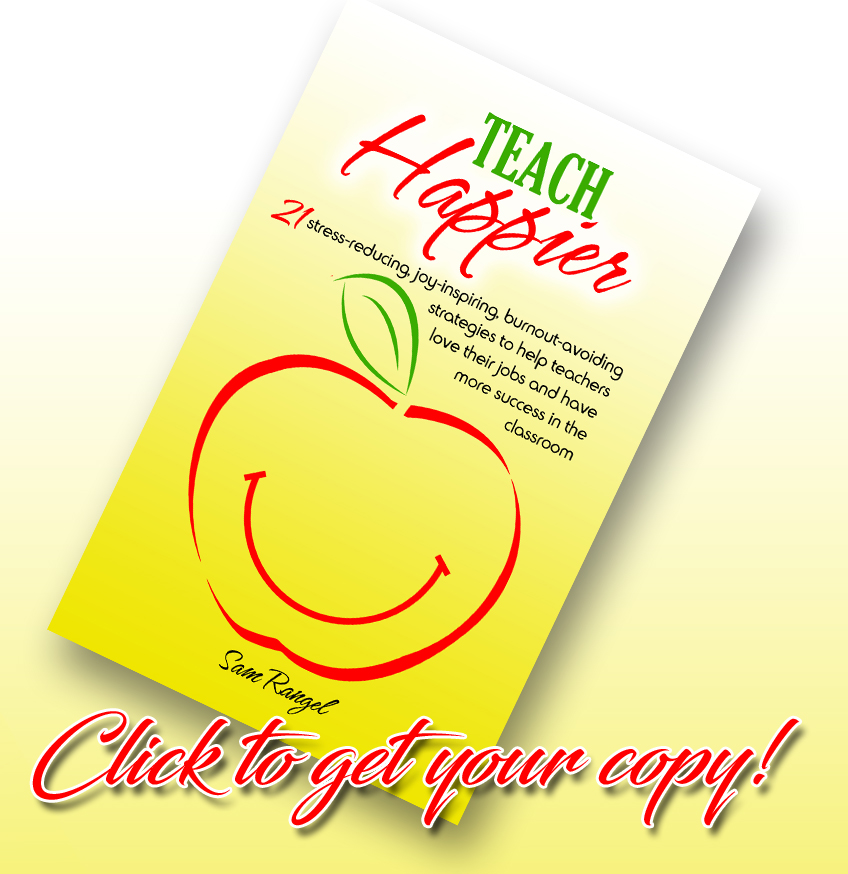
Again, I’ve been reading a book that my new principal gave me. His goal is to have the entire staff embrace the ideas found in it. Although I’m no longer a teacher, I thought it would be good to pull out some of the best ideas in the book and share them on SITC.
Here’s a technique that I wish I would have used more often when I was teaching. It’s called Cold Call.
Key Idea: In order to make engaged participation the expectation, call on students regardless of whether they have raised their hands.
According to the author of the book, it’s the single most powerful technique found in it.
I am inclined to agree.
The idea is to conduct your lesson cold calling on students to answer questions.
I used to do this a lot, but mainly as a disciplinary action. I would notice that a student wasn’t paying attention or talking to a neighbor, and I would ask, “Johnny, what do you think about what I just said?”
Normally, however, I would ask for volunteers to answer, calling on those students who raised their hands.
I didn’t want to call on those students who didn’t raise their hands, because I didn’t want to embarrass them if they didn’t know the answer.
After reading this chapter, I wanted to have a re-do.
So, for all you new teachers who are looking for a way to better engage your students, I would encourage you to begin using the technique: Cold Call.
There are several benefits to using this technique.
The Benefits of Cold Calling
1. It allows you to check for understanding. Some students won’t get it the first time. Asking them directly takes the guess work out of it.
2. It increases the speed of your lesson. I wonder how many instructional minutes were wasted waiting for students to volunteer an answer. This way, you are in control of the time.
3. It sends a message to the students that you are interested in their opinion. Many students may have great ideas or insights, but won’t offer them unless you push them to contribute.
4. It establishes the idea that the room belongs to you, and that you are keeping the students accountable.
Cold Calling can be a powerful tool, and the book offers some guidelines to follow:
1. Cold Call is predictable. This has to be a normal part of your lessons. It can’t happen occasionally or when you have some free time. Students need to know that it’s not a “special” activity. It’s a normal every day activity. “It’s an engagement strategy, not a discipline strategy.”
2. Cold Call is systematic. There is no evidence that it’s a teacher’s goal to call out specific students. It’s emotionless and in no way seen as a punishment. “It’s how we do business here.” The questions are for all students, not just for the ones who are off-task or in the back of the room. “…it is a student’s chance…to shine.”
3. Cold Call is positive. This is not a “gotcha” activity. Cold Call is to show that you respect the student’s intelligence. For this reason, you have to make sure your questions are substantive and created with the goal for the student to get the answer right. Questions like, “What did I just say?” are not substantive. You also don’t want the student to learn by getting the answer wrong. An idea offered in the book is to have the questions already prepared in advance. They will feel more successful if they get the answer right. Again, this is not a disciplinary technique.
4. Cold Call is scaffolded. The first question should lead to a second and third question which may be a bit more difficult or require higher level thinking skills. I liked the idea of Cold Calling for the first few questions in the sequence, then asking for volunteers for the last questions, which should be the most difficult. It offers students to be rewarded by knowing the tough question.
Another element to Cold Calling that I thought was insightful was Timing the Name. According to the book, the questions should be framed with the name of the student at the end.
“What is 3 times 9? (pause) James?”
This makes sure that all students are waiting to answer the question. They are using the pause to search their brains for the answer.
According to the book, if you put the name in the front, then 24 of the 25 students in the class have turned their brains off. (Who has 25 students in a class? My last class had 42 students. Oh well.)
You get the point, however.
Putting the name at the end keeps more students engaged longer.
Good idea.
I used to be concerned with adding stress to my students, so I didn’t use this strategy as often as I now know I should have.
If given the opportunity again, I would include this technique as a regular part of my daily lessons more often.
What do you think? Is this a strategy that you have used? Are there any concerns you have about it?
I’d like to know you opinion.
Feel free to leave a comment.
Thanks again,
Sam



